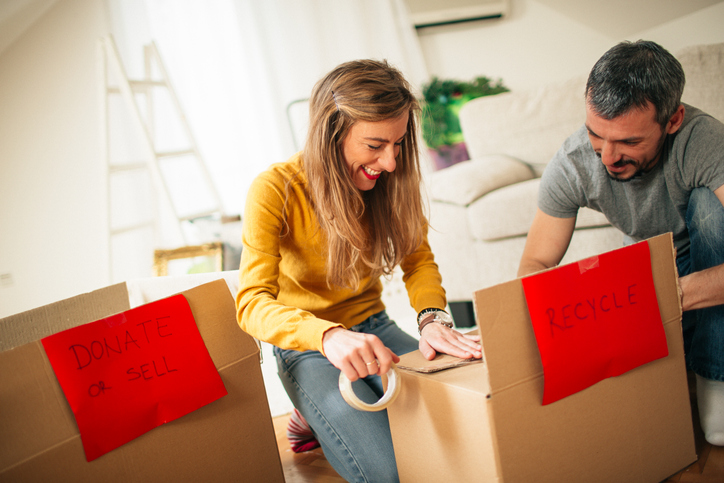

September 23, 2021
When you declutter your home, you create more space, make it a bit safer, and you make room for new items that may fit your life better right now. There are plenty of things to take into consideration in the process, and every project is a bit different. However, if you want to declutter your home, this checklist will keep you on the right path moving forward.
Before you get the project underway, make a list to help guide you.
If you’re feeling overwhelmed, take a break for a bit. Come back to the project the next day. There are a few things not to do:
At Goodwill, we are here to help you. We’re always readily willing to help you with donations that other people can use. At the same time, you’ll also want to turn to us for storage items and baskets that can help you to keep your home organized.